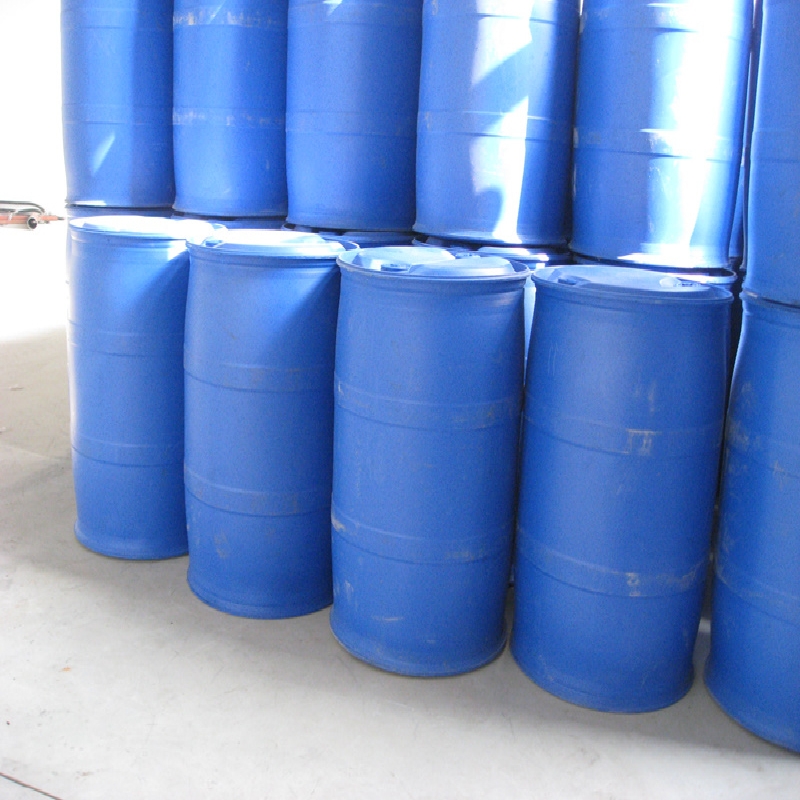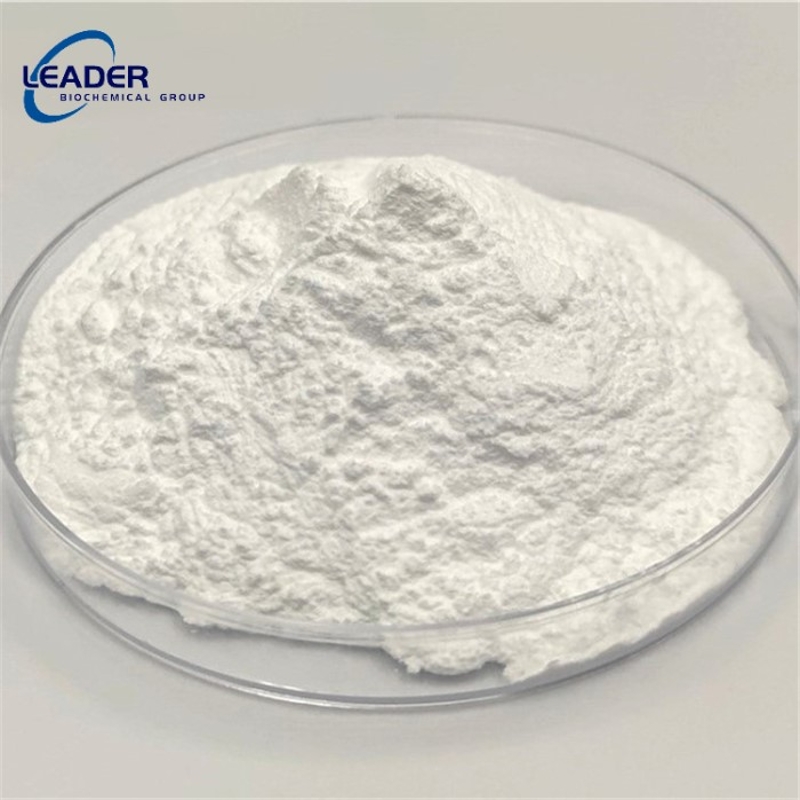Cosmetic Ingredient
- • Abrasive (124)
- • Absorbent (84)
- • Anticaking (66)
- • Anticorrosive (25)
- • Antifoaming (19)
- • Antimicrobials (290)
- • Antioxidant Ingredient (393)
- • Antiperspirant (20)
- • Antiplaque (48)
- • Anti-seborrheic (38)
- • Anti-sebum (39)
- • Antistatic (458)
- • Astringent (162)
- • Binding Agent (172)
- • Bleaching Agent (53)
- • Buffering (191)
- • Bulking (109)
- • Chelating (122)
- • Cleansing (679)
- • Cosmetic Colorant (212)
- • Cosmetic Preservative (158)
- • Denaturant (45)
- • Deodorant (98)
- • Depilatory (27)
- • Dissolving Agent (298)
- • Emollient (795)
- • Emulsifying Agent (480)
- • Emulsion Stabilising (154)
- • Exfoliating (19)
- • Film Forming (299)
- • Flavouring (72)
- • Foam Boosting (161)
- • Foaming (101)
- • Fragrance Ingredient (726)
- • Gel Forming (19)
- • Hair Conditioning (670)
- • Hair Dyeing (363)
- • Hair Fixing (36)
- • Hair Waving or Straightening (45)
- • Humectant (282)
- • Hydrotrope (92)
- • Keratolytic (20)
- • Light Stabilizer (80)
- • Moisturising Agent (50)
- • Nail Conditioning (42)
- • Occlusive (20)
- • Opacifying (119)
- • Oral Care (123)
- • Oxidising (19)
- • Perfuming (2105)
- • Plasticiser (98)
- • Propellant (19)
- • Reducing (50)
- • Refatting (12)
- • Refreshing (26)
- • Skin Cleansing (388)
- • Skin Conditioning (1751)
- • Skin Humectant (21)
- • Skin Protecting (282)
- • Smoothing (31)
- • Soothing (71)
- • Tonics (155)
- • UV Filter (34)
- • Viscosity Controlling (532)
Chemicals as Skincare Ingredients
Related News
-
Price Surge Alert as Major Suppliers Increase Barium Sulfate Costs by 200 Yuan per Ton
2025-03-20 -
Shell Considers Partnering with the U.S. and Closing European Chemical Assets
2025-03-26 -
Quaker Houghton Acquires Dipsol Chemicals, Strengthening Advanced Solutions Portfolio
2025-03-27 -
AstraZeneca to Invest $2.5 Billion to Establish Global Drug R&D Center in Beijing
2025-03-25 -
Saudi Aramco CEO: Invest in downstream projects in China's energy, chemical and other fields
2025-03-28 -
Dow's Silicones Downstream Expansion Project in Zhangjiagang Launches and Drives Market Innovation
2025-03-21
Skin Cleansing
Myristic acid
(544-63-8)-
Industrial Grade / 99%
-
Industrial Grade / 99%
-
- / 0.00%
-
- / 99.00%
Request for quotation , get quotes from more suppliers.
Mirataine CB
(86438-79-1)-
Cosmetics Grade / 99%
-
Cosmetics Grade / 35%
-
Industrial Grade / 99%
-
Industrial Grade / 30%
Request for quotation , get quotes from more suppliers.
-
Pharmacy Grade / 99%
-
![N-TETRADECYL-N,N-DIMETHYLGLYCINE CAS NO 2601-33-4 buy N-TETRADECYL-N,N-DIMETHYLGLYCINE CAS NO 2601-33-4]()
Industrial Grade, Feed Grade, Food Grade, Pharma Grade / 99%
$11.11/KG EXW
-
![(carboxylatomethyl)dimethyltetradecylammonium buy (carboxylatomethyl)dimethyltetradecylammonium]()
-
![N-TETRADECYL-N,N-DIMETHYLGLYCINE buy N-TETRADECYL-N,N-DIMETHYLGLYCINE]()
Request for quotation , get quotes from more suppliers.
-
-
Pharmacy Grade / 99%
-
![MAGNESIUMLAURYLSULFATE buy MAGNESIUMLAURYLSULFATE]()
MedicalGrade / 85.00%
-
![Magnesium lauryl sulfate buy Magnesium lauryl sulfate]()
Request for quotation , get quotes from more suppliers.
-
- / 99.00%
-
- / 0.99%
-
Industrial Grade / 99%
-
![(Z)-(carboxymethyl)dimethyl-3-[(1-oxo-9-octadecenyl)amino]propylammonium hydroxide CAS NO 25054-76-6 buy (Z)-(carboxymethyl)dimethyl-3-[(1-oxo-9-octadecenyl)amino]propylammonium hydroxide CAS NO 25054-76-6]()
Industrial Grade, Feed Grade, Food Grade, Pharma Grade / 99%
$11.11/KG EXW
Request for quotation , get quotes from more suppliers.
Source Skin Cleansing Products Supply
-
![(2-hydroxyethyl)ammonium dodecylsulphate buy (2-hydroxyethyl)ammonium dodecylsulphate]()
Industrial Grade / 99%
$0.2/KG EXW
-
![(2-hydroxyethyl)ammonium decyl sulphate buy (2-hydroxyethyl)ammonium decyl sulphate]()
-
![(2-hydroxyethyl)ammonium dodecylsulphate buy (2-hydroxyethyl)ammonium dodecylsulphate]()
-
![Dodecyl hydrogen sulfate - 2-aminoethanol (1:1) buy Dodecyl hydrogen sulfate - 2-aminoethanol (1:1)]()
Request for quotation , get quotes from more suppliers.
-
![N-(1-oxotetradecyl)sarcosine buy N-(1-oxotetradecyl)sarcosine]()
Industrial Grade / 99%
-
![N-(1-oxotetradecyl)sarcosine buy N-(1-oxotetradecyl)sarcosine]()
-
![N-(1-oxotetradecyl)sarcosine buy N-(1-oxotetradecyl)sarcosine]()
-
![N-(1-oxotetradecyl)sarcosine buy N-(1-oxotetradecyl)sarcosine]()
Industrial Grade / 99%
Request for quotation , get quotes from more suppliers.
-
![(carboxymethyl)dimethyl-3-[(1-oxotetradecyl)amino]propylammonium hydroxide buy (carboxymethyl)dimethyl-3-[(1-oxotetradecyl)amino]propylammonium hydroxide]()
Industrial Grade / 99%
-
![(carboxymethyl)dimethyl-3-[(1-oxotetradecyl)amino]propylammonium hydroxide buy (carboxymethyl)dimethyl-3-[(1-oxotetradecyl)amino]propylammonium hydroxide]()
-
![(carboxymethyl)dimethyl-3-[(1-oxotetradecyl)amino]propylammonium hydroxide buy (carboxymethyl)dimethyl-3-[(1-oxotetradecyl)amino]propylammonium hydroxide]()
-
![(carboxymethyl)dimethyl-3-[(1-oxotetradecyl)amino]propylammonium hydroxide buy (carboxymethyl)dimethyl-3-[(1-oxotetradecyl)amino]propylammonium hydroxide]()
Industrial Grade / 99%
Request for quotation , get quotes from more suppliers.
MIPA-laureth sulfate
(83016-76-6)-
![MIPA-LAURETHSULFATE buy MIPA-LAURETHSULFATE]()
IndustrialGrade / 99.00%
-
![MIPA-LAURETH SULFATE buy MIPA-LAURETH SULFATE]()
-
![MIPA-LAURETH SULFATE buy MIPA-LAURETH SULFATE]()
-
![MIPA-LAURETH SULFATE buy MIPA-LAURETH SULFATE]()
Request for quotation , get quotes from more suppliers.
Methyl α-sulfolaurate sodium salt
(4016-21-1)-
![sodium 1-methyl 2-sulphonatododecanoate buy sodium 1-methyl 2-sulphonatododecanoate]()
- / 95%
-
![sodium 1-methyl 2-sulphonatododecanoate buy sodium 1-methyl 2-sulphonatododecanoate]()
-
![sodium 1-methyl 2-sulphonatododecanoate buy sodium 1-methyl 2-sulphonatododecanoate]()
-
![sodium 1-methyl 2-sulphonatododecanoate buy sodium 1-methyl 2-sulphonatododecanoate]()
Industrial Grade / 99%
Request for quotation , get quotes from more suppliers.
More Information
There are various types of skin cleansing products, commonly including foaming cleansers, cleansing creams, makeup removers (oil-based), exfoliating scrubs, and peeling gels. Each type of skin cleansing product has its unique characteristics, and the choice depends on specific needs.
For exfoliating cleansers, they effectively remove dirt and dead corneocytes from the skin surface through the friction of fine particles. Targeted cleansers for dry skin, on the other hand, use gentle sugar-based or amino acid-based facial cleansers.
Types of skincare cleansers:
● Foaming Cleansers: Based on soap or other surfactants.
● Emulsion-Based Cleansers: Mainly composed of an emulsion system, incorporating a small amount of cleansing surfactants to form an emulsifying cleansing product.
● Oil-Based Cleansers: Composed of oily ingredients, with added moisturizers, alcohol, or other solvents for cleansing purposes.






















![(Z)-(carboxymethyl)dimethyl-3-[(1-oxo-9-octadecenyl)amino]propylammonium hydroxide buy (Z)-(carboxymethyl)dimethyl-3-[(1-oxo-9-octadecenyl)amino]propylammonium hydroxide](https://file.echemi.com/fileManage/upload/canonicalSmiles/20220811/ce75f8ea7cee46ebbdd8c64f48d68eb4.png)
![high quality 2-[dimethyl-[3-[[(Z)-octadec-9-enoyl]amino]propyl]azaniumyl]acetate 99% transparent liquid KANBEI buy high quality 2-[dimethyl-[3-[[(Z)-octadec-9-enoyl]amino]propyl]azaniumyl]acetate 99% transparent liquid KANBEI](https://file.echemi.com/fileManage/upload/goodpicture/20221127/m20221127130755879.jpg)
![(Z)-(carboxymethyl)dimethyl-3-[(1-oxo-9-octadecenyl)amino]propylammonium hydroxide CAS NO 25054-76-6 buy (Z)-(carboxymethyl)dimethyl-3-[(1-oxo-9-octadecenyl)amino]propylammonium hydroxide CAS NO 25054-76-6](https://file.echemi.com/fileManage/upload/category/ac71ac0d-8ef6-11ec-89e5-fa163ed06441.png)



![(carboxymethyl)dimethyl-3-[(1-oxotetradecyl)amino]propylammonium hydroxide buy (carboxymethyl)dimethyl-3-[(1-oxotetradecyl)amino]propylammonium hydroxide](https://file.echemi.com/fileManage/upload/cas/821/0432ba44-dd48-11eb-89d6-0255ac100033.png)
![(carboxymethyl)dimethyl-3-[(1-oxotetradecyl)amino]propylammonium hydroxide buy (carboxymethyl)dimethyl-3-[(1-oxotetradecyl)amino]propylammonium hydroxide](https://file.echemi.com/fileManage/upload/canonicalSmiles/20220812/18bb59fa3a524329ab408d397452f55a.png)



